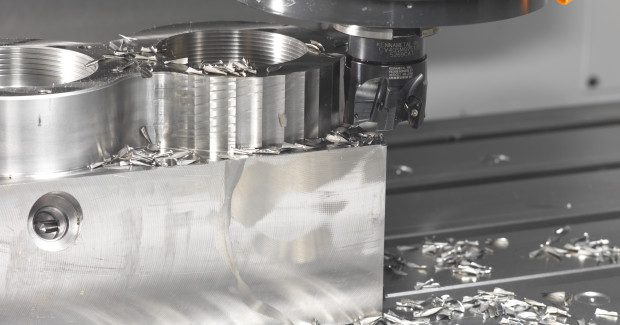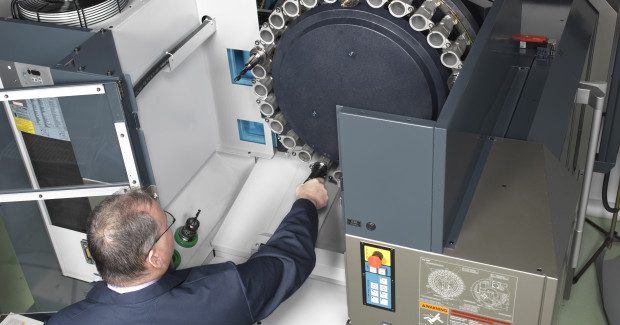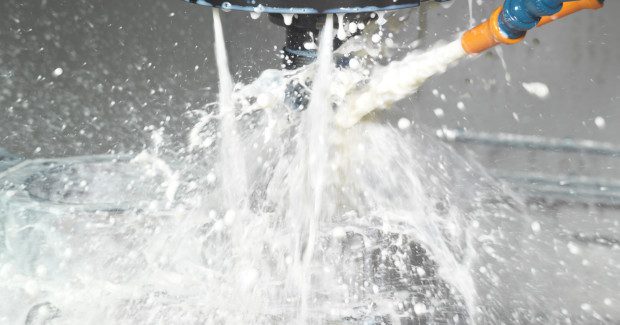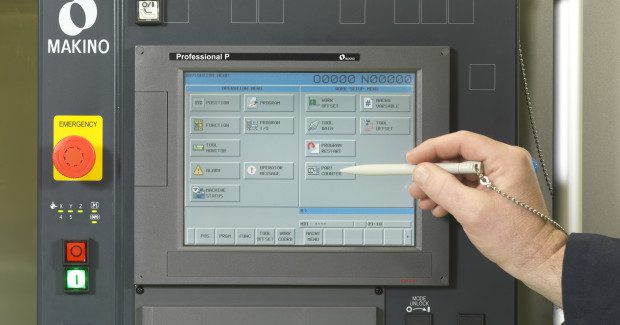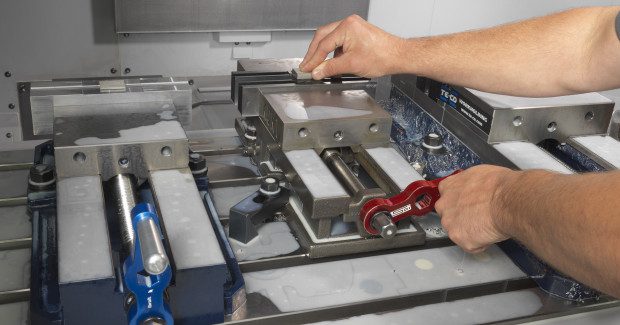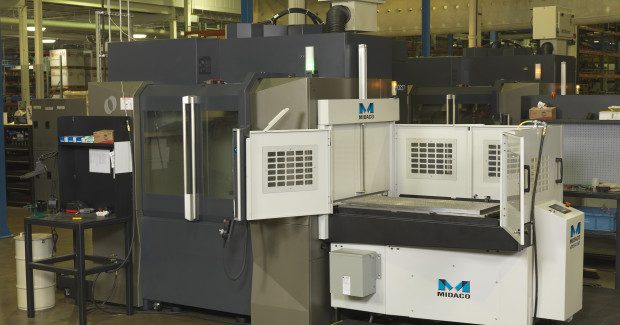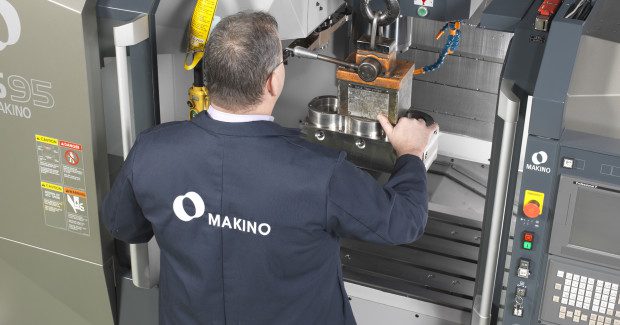Before You Buy That VMC
When investing in a new production vertical machining center, take time to evaluate these seven critical features that have the greatest impact on the productivity and profitability of that machine tool.
Posted: February 25, 2015
There are tens of thousands of machine shops located across North America and each year, on average, these companies will buy upwards of 6,500 vertical machining centers from more than 260 different machine tool builders. With this volume of purchasing and the variety of equipment options that are available, it’s critical for machine shops to understand and carefully assess the critical machine tool features that possess the greatest impact on productivity and profitability. Highlighted below are seven recommended features to evaluate in a production vertical machining center:
(1) METAL CUTTING CAPABILITY
The core competencies of any machine tool are its ability to cut metal, meet customer expectations and produce revenue. Therefore, one of the most important features to evaluate on any vertical machining center is the spindle. A productive vertical machining center should have a robust spindle design with wide-ranging characteristics, including exceptional horsepower, superior torque and wide-ranging spindle speed. This level of spindle capability can enable shops to cut a wide variety of materials, reduce cycle times, lower production expense, shrink delivery times and increase profitability through lower part costs.
(2) TOOLING SUPPORT AND CAPACITY
A typical job shop vertical machining center is required to produce a variety of parts, perform quick part change-over and frequently check tool quality. Unfortunately, not all vertical machining centers are designed with these considerations in mind, resulting in short but repeated periods of machine downtime that can quickly add up to higher part costs, extended delivery times and significant losses in profitability. Manufacturers looking to avoid these issues should seek a vertical machining center that offers generous tooling capacity, easy access to the tool magazine — while keeping the spindle cutting — and a design built to accommodate a wide variety of tool sizes and weight.
(3) CHIP AND COOLANT MANAGEMENT
With enhanced productivity also comes greater demand for chip and coolant removal. Additional production time generated from enhanced cutting capabilities can be diminished if the machine needs to be stopped frequently to clear chips from the work zone in order to continue production. Oftentimes, these issues stem from insufficient chip and coolant tank size, lack of coolant flow and inadequate coolant system delivery technologies (e.g., flood, part wash, through spindle). As such, shops should seek features that help improve chip and coolant removal, such as wide machine casting openings, robust coolant systems with appropriate volume and pressure, chip conveyors to remove materials from the work zone and external lift-up chip conveyors to evacuate materials from the machine.
(4) CONTROL SOFTWARE
The control software of a vertical machining center has the ability to facilitate or limit the flexibility of the machine in terms of data storage, coordinate systems, probing and networking. An effective machine control should offer the capabilities to fully support production and enhance ease of use for the operator. Ideal features and capabilities include ample part program storage, diverse program registry, numerous tool offset pairing, extensive work coordinate systems, tool length measurement and spindle probe capability, as well as Ethernet, DNC, PCMCIA, USB drive and RS-232C features.
(5) FIXTURING AND 4TH-AXIS POTENTIAL
The ability to apply unique fixturing and multi-axis tables to a vertical machining center can have a critical impact on setups and workflow. With flexible table space and work-holding opportunities, shops can run multiple setups on the same base plate, providing quick and direct transfer of parts. Similarly, the addition of a 4th-axis table can enable greater machining surface area and access to five-part faces, minimizing fixturing and handling for the highest level of machine utilization and overall productivity.
(6) AUTOMATION INTEGRATION
The most efficient means for boosting the productivity of a vertical machining center is decoupling setup procedures from the machining process through automation. Decoupling requires a machine tool that is built to accommodate automated technologies and unattended processing as outlined by the other features mentioned above. In most machine shops, setup is the leading contributor to spindle non-cutting time. By introducing automation, such as pallet changers or robotic part-handling systems, companies can decouple setup time, build a work queue in front of the spindle, and dramatically increase spindle utilization, providing more productive hours and reduced costs.
(7) OPERATOR-FRIENDLY ERGONOMICS
The final key component to vertical machining center productivity is the machine operator and how they interact with the machine. No matter how extensive the capabilities of a machine tool, if the operator is experiencing fatigue or discomfort in working with the machine, overall productivity is limited. An ideal vertical machining center provides operators with comfortable ergonomics, including easy access to the machine worktable, exterior tool magazine and overhead crane access. Automation can also improve operator ergonomics through additional time and space to set up workpieces.



